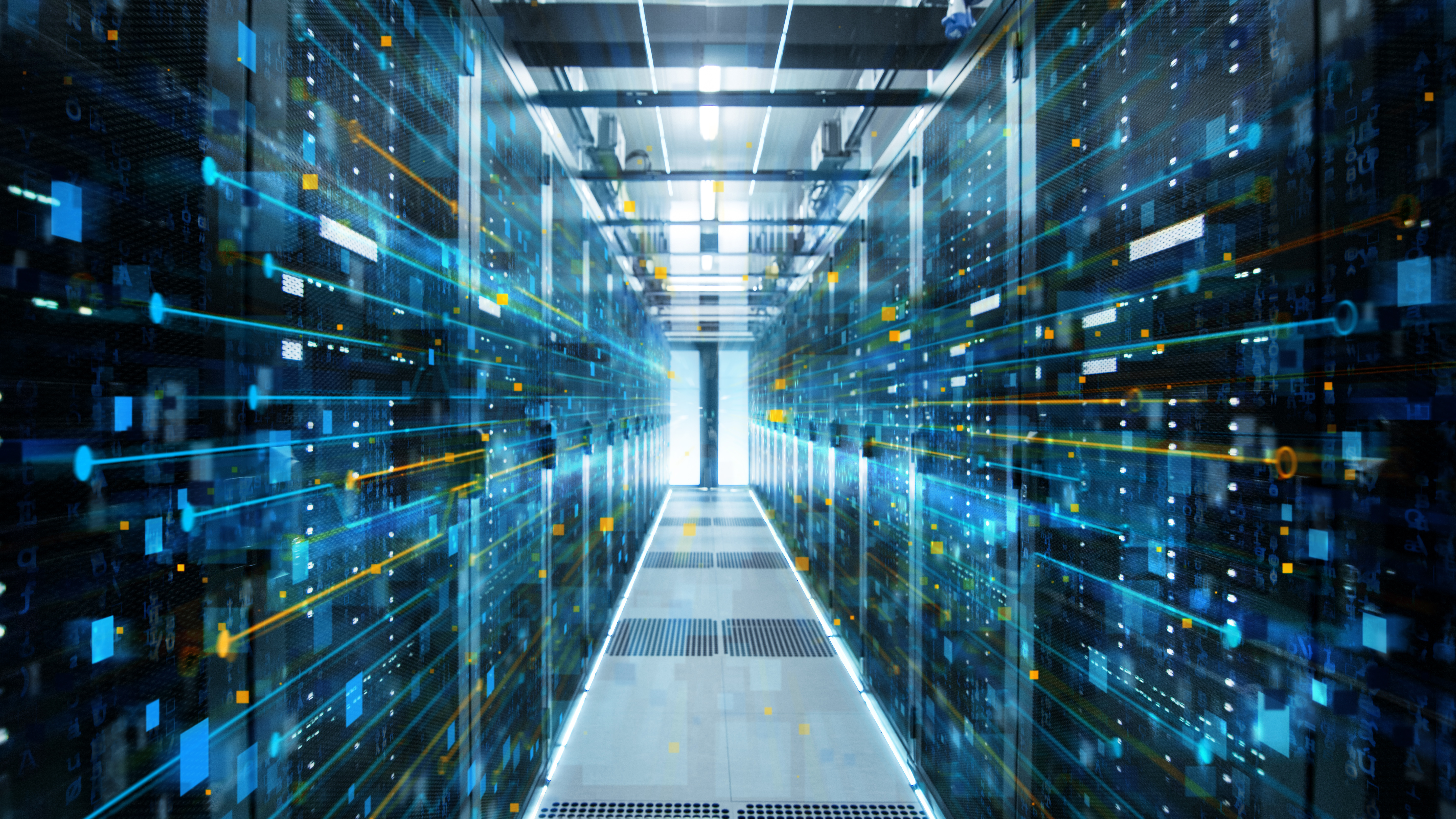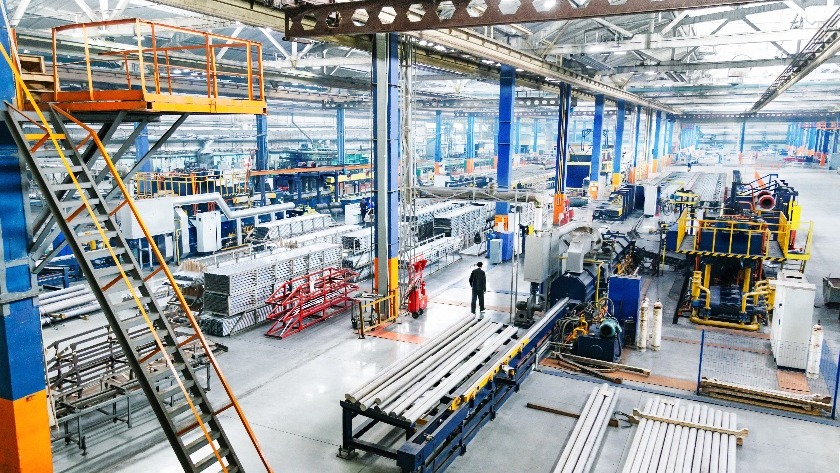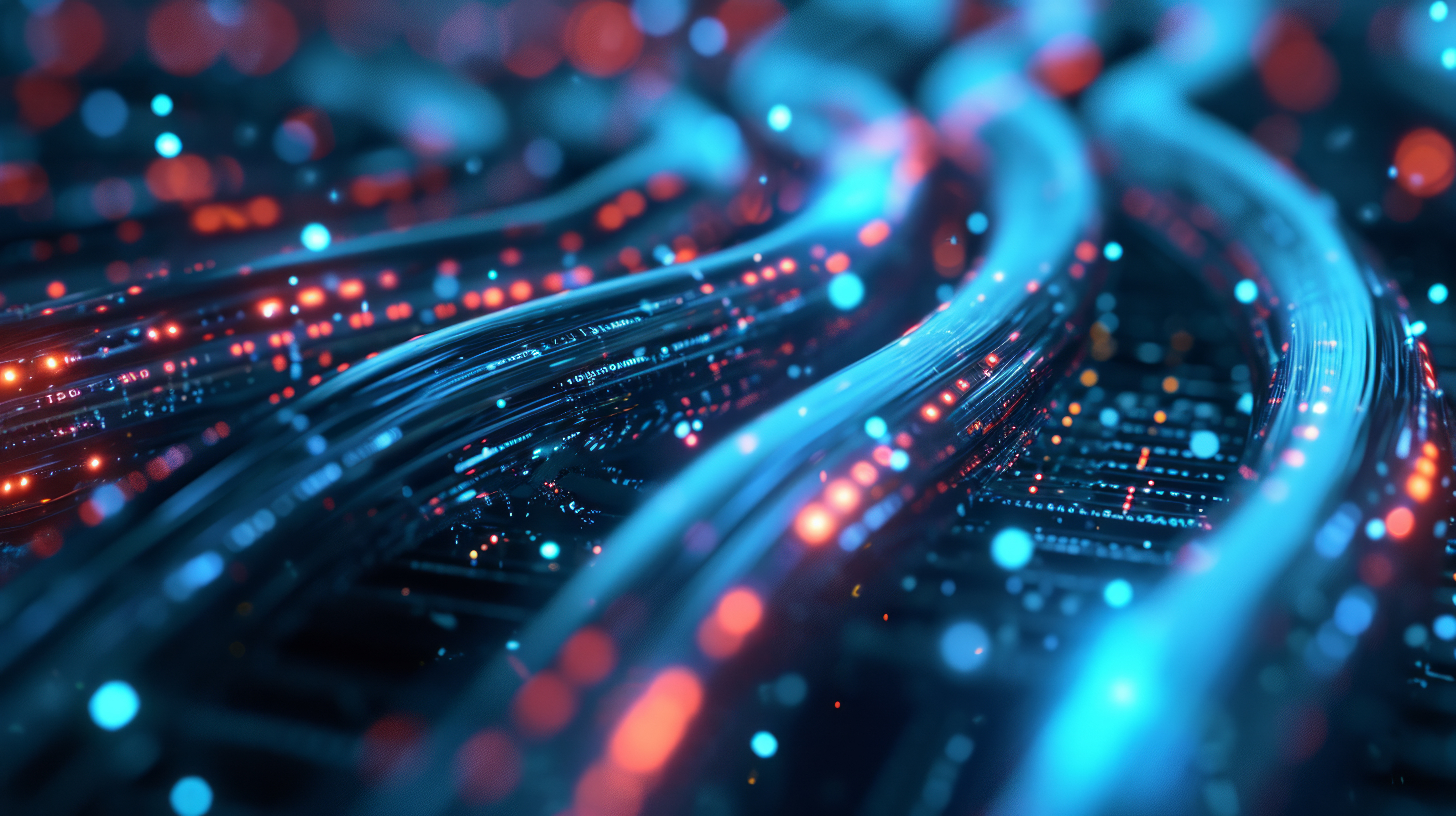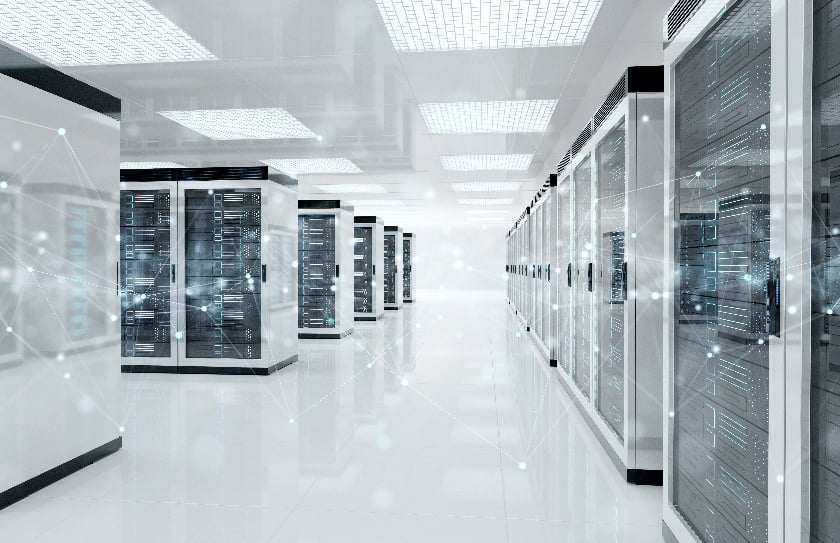Smart Monitoring Solutions for Smart Manufacturing
In manufacturing, efficiency is the name of the game. Factory operators seeking to maximize production uptime and reduce costs need precise data...
3 min read
![]() Packet Power Team
:
Jan 8, 2024 8:15:43 AM
Packet Power Team
:
Jan 8, 2024 8:15:43 AM

Although liquid cooling is already widely used in many data centers, further expansion of the practice is coming fast. A market study in Asia predicts 31% growth in the liquid cooling market through 2027. This boom echoes the literal buzz being generated by AI worldwide.
“We were looking through a data center a couple of weeks ago and then all of a sudden we get closer to the AI cage—I mean it was so loud,” says Robert Leake, Director of Marketing at Packet Power partner, DVL Group. “It was tangibly 5 to 10 times louder than what the standard is, and I’ve been around data centers my whole career.”
DVL Group is an American-based company that designs and retrofits data centers and other critical computing facilities. They are a Packet Power partner for over 5 years and specialize in the engineering of power and cooling demands for data center environments, with their customers spanning across businesses, universities, hospitals, and other entities with intense computing needs. “Even smaller facilities are now investing in liquid cooling technology because of the increased demand presented by AI and the potential for energy cost savings,” Robert says.
DVL was at SC 23 in Denver, an annual conference dedicated to supercomputing, where Robert saw the demand first-hand. “Literally 80% of the exhibit hall floor was either AI or liquid cooling because of AI. It was everywhere. And every data center conversation I've had recently seems to revolve around it… Liquid cooling is already being integrated into hyperscale data centers, but the technology is coming to COLO data centers and smaller facilities too.”
From a numbers perspective, it makes a lot of sense. The central processing units (CPUs) and high-end graphic processing units (GPUs) necessary for many AI applications require more and more power. Chips require two to three times the watts they did a decade ago. Within the next ten years, industry leaders expect a chip to require 1 kW to operate. With 5-8 chips in a server (and many more in high-end equipment), and 10-20 servers in a rack (again, significantly higher numbers in some critical facilities), operators are looking at the price of energy and doing everything they can to bring down costs.
Water conducts heat 23 times more efficiently than air, and liquid cooling requires just 20% of the energy that air cooling does. Extrapolating these facts, a data center could move from a power usage effectiveness (PUE) of 1.8 to 1.3 simply by converting to liquid cooling.
Since it can cost tens of thousands of dollars per rack (or more) to add a liquid cooling system, the question for existing facilities is: “How long does it take to recoup that investment?”
The other obvious benefit of liquid cooling is making it easier for data centers to be compliant with energy efficiency regulations. For example, New York City’s Local Law 97 requires large buildings (including data centers) to cap greenhouse gas emissions and improve their efficiency over time.
In 2023, California passed a Climate Corporate Data Accountability Act that requires large companies (those with more than $1B in annual revenue) to report on the carbon footprint of their servers, data storage, and networking by 2026. This reinforces California’s 2014 law that required data centers that exceeded a PUE of 1.5 to reduce their PUE by at least 10% per year until they achieve the 1.5 standard.
Colorado has also passed power usage reporting requirements that must be followed by data centers by 2027. Since many states follow California’s lead on new legislation, industry insiders are watching to see how the new regulations play out, and whether more states will adopt reporting requirements. There is also talk of similar legislation nationwide and the Environmental Protection Agency (EPA) has already put out guidelines for data center efficiency, so the groundwork for future regulation is already coming together.
One key to a quicker ROI on a liquid cooling system is having the data on both power usage (so operations can be optimized) and environmental conditions (so cooling efforts can be handled most efficiently).
Resource: Guide to Data Center Monitoring
As a Packet Power partner, DVL Group can offer its customers simple solutions that give them remote access to this kind of data. System operators can get real-time information on kilowatt usage, temperature, and humidity levels anywhere. The secure wireless nature of Packet Power’s solutions means installation is quick, easy, and can be achieved in an energized environment (another contributing factor to a better ROI on any equipment upgrade).
“One of the things that makes Packet Power valuable is how easy it is to manage both from the remote aspect of it and in advance of that, getting it installed,” says Robert. “I know the guys always enjoy working with the product, and so do the customers because there's not a lot of problems that surface with installations.”
The DVL Group team also likes the vendor-agnostic flexibility Packet Power devices offer too.
“It’s a real benefit because it allows us to work with new customers without having to tell them they have to rip out their entire infrastructure just because one piece of the puzzle is not compatible,” says Robert. “It is nice when we can bring in a solution like Packet Power and not be concerned if it works with an old product from a different brand.”
“Packet Power checks all the boxes of collecting the right information that our customers are trying to get about their networks.”
As operators weigh the costs and benefits of moving to a liquid cooling system, it is important to include the monitoring technology that will ensure the investment is maximized. If your team is looking for better data on your energy consumption or environmental conditions in your critical facilities, please reach out to our expert team and we’d be happy to help you explore your options.

In manufacturing, efficiency is the name of the game. Factory operators seeking to maximize production uptime and reduce costs need precise data...

The latest survey of data center operators shows the biggest challenges the industry is facing. The Uptime Institute aggregated answers from hundreds...

As the demands on data centers continue to grow, space is at a premium in existing facilities. In an attempt to maximize their computing per square...